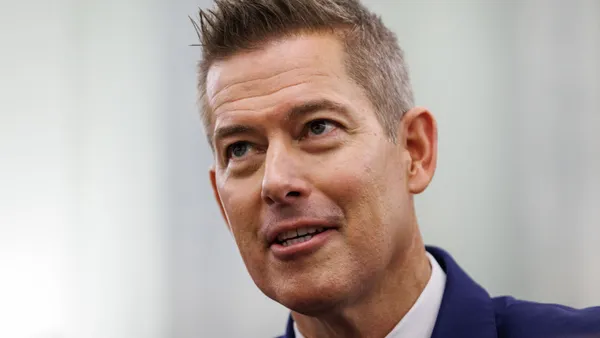In the last decade, supply chain logistics has emerged as one of the most dynamic and exciting careers available. At the same time, the area of logistics has become an integral part of both supply chain and business success. Leading companies have recognized this evolution and have acted quickly to attract and retain top talent.
The MHI estimates new jobs in material handling and logistics will grow by 270,000 annually through 2018, accounting for 10% of all job growth. In response, major universities are adding supply chain management programs to meet the fast increasing demand for talent.
Companies are hiring graduates of these programs as quickly as they can, as well as exploring ways they can develop their logistics teams and increase employee retention. We discussed the topic with two supply chain industry leaders ⎼ Gary Smith, vice president of supply logistics at MTA New York City Transit, and Michael Valentino, logistics manager at Aptar Home + Beauty in Cary, IL.
Smith explains much of the appeal of logistics as a career choice, “A big part of what makes our industry interesting to prospective employees is that logistics professionals today need to be experts at a range of disciplines and skills that require the ability to problem solve, use advanced technology and interface with customers.”
Yet, just as it affects every other industry and type of job function, a strong economy and job market can make it difficult to find qualified candidates. This presents a challenge for logistics leadership to consistently attract and retain the best employees.
Valentino offers this advice, “Finding and keeping the best employees has to start with a recognition that employee’s expectations of what makes a rewarding career and good work/life balance is very different than it was in the past.”
Smith adds, “For example, many employees want to have autonomy to figure out the best way to do their job. They expect to be held accountable for the results, but do not want to be micromanaged. Helping candidates recognize supply chain logistics is a career choice that requires creativity, and giving them that space is very important to young professionals in our industry.”
Valentino further observes, “The old management style of expecting to motivate employees with ‘Because I said so.’ doesn’t work anymore. Autonomy is very important to many people and helps to build a positive working environment.”
Another way to attract qualified employees, as well as keep a leader’s own management skills sharp is to get involved with mentoring. This is something both Smith and Valentino are very passionate about and find personally rewarding. It’s helped improve their perspective on how to better motivate and get the most out of the hires they make ⎼ regardless of age.
It’s also important when hiring to sell the global nature of the supply chain function. There are many roles that can require a broad worldview, which is appealing and a great selling point to many employees. Engaged leaders actively create ways for employees to advance within the organization and remain challenged in ways that align with their own goals and interests.
Smith explains the importance of employee and employers being a good fit for each other, “We look for passion in potential employees that we see moving into higher level roles. We also look for those who invest in themselves and bring supply chain specific skills, such as the training offered by organizations like APICS.”
This is a sentiment shared by Valentino, “Looking for supply chain certifications is one of the first steps our team takes when reviewing candidates. Making a commitment to promote from within, challenging people, and paying them competitively are other obvious, but important ways we work to keep the best employees.”
There is no question that supply chain logistics will continue to be an interesting career path, chosen by many qualified job candidates for years to come. But, there will always be competition between companies and internal departments for the best employees. Logistics leaders must continue to create challenging and rewarding career opportunities to attract, retain and develop top performers.










